Mayapple (Podophyllum peltatum) is a unique native wildflower that emerges in wooded areas and shady garden beds across much of North America. With its umbrella-like leaves and solitary white flower mayapple can lend an exotic touch when allowed to grow as a garden accent. However left unchecked, mayapple can multiply quickly and aggressively via underground rhizomes, becoming a challenging weed. Here, we’ll explore mayapple’s growth habits and share organic methods and chemical controls to effectively get rid of unwanted plants.
What is Mayapple?
Mayapple is a perennial wildflower species native to damp, wooded habitats in much of the eastern and midwestern United States Other common names for mayapple include American mandrake, wild mandrake, and wild lemon
Mayapple emerges in early spring from a thick underground rhizome system. Each plant initially forms a single palmately lobed leaf resembling an open umbrella. Later in spring, a second leaf unfolds as the plant rapidly expands. In late spring, plants produce a solitary nodding white flower under the paired leaves, followed by a lemon-shaped green fruit that ripens to yellow in summer. Once fruiting completes, the aerial growth dies back entirely until the next spring.
While native to shady areas, mayapple can spread aggressively in garden settings via its rapidly expanding root system. When uncontrolled, it quickly crowds out desirable ornamental plants. Manual removal is challenging due to the extensive rhizomes. So what’s the best way to get rid of mayapple? Let’s look at some effective control options.
Organic Methods to Remove Mayapple
For gardeners wishing to avoid chemical herbicides, a combination of manual removal and smothering can help rid beds of mayapple over time:
Manual Removal
- Using a sharp spade, carefully dig out mayapple plants. Try to extract as much of the connecting rhizome system as possible. Discard all plant parts, as broken fragments may resprout. Spring and fall are best times, when the soil is moist and roots are most vulnerable. Repeat regularly to deplete the rhizome network over several seasons.
Covering Plants
- Smother established mayapple growth by completely covering the area with overlapping sheets of cardboard, burlap or heavy landscape fabric. Overlap seams and weigh down the edges with rocks, boards or soil. Leave covered for at least one full growing season. The lack of light will eventually kill the covered vegetation.
Mulching
- For areas where mayapple is just beginning to emerge, spread a 3-4 inch deep layer of mulch in spring to block light and prevent growth. Natural mulch materials like wood chips, pine needles or shredded leaves all work. Maintain mulch depth.
Solarization
- In smaller areas, solarization with clear plastic sheeting can heat the soil and kill plants and seeds. Seal the edges and leave in place for at least a full summer growing season. Repeat if needed.
Plant Competition
- Establishing thick groundcover plants or aggressive perennials may eventually outcompete mayapple. Options include pachysandra, vinca minor, epimedium or ferns. Combine with mulching for best results.
While organic methods require persistence over multiple seasons, the diligent gardener can eventually reclaim beds for ornamental plantings. Next, let’s discuss some faster chemical control options.
Using Herbicides to Kill Mayapple
For faster control, systemic herbicides that kill the entire plant including the root system are most effective. Two options include:
Glyphosate
- This broad-spectrum herbicide, marketed as Roundup and other brands, can provide effective control when applied directly to actively growing mayapple foliage in spring. Use a small brush or foam applicator to avoid contact with desired plants. Glyphosate is absorbed through the leaves and translocated down to the roots. Visible symptoms take 7-10 days but the rhizomes will die. Multiple applications are likely needed.
Triclopyr
- An herbicide sold as Turflon Ester, Ortho Max Poison Ivy Killer and other brands, triclopyr is selective to broadleaf plants and will not harm lawn grasses. As a foliar spray, it damages only the visible upper growth of mayapple but has little effect on the roots. For more complete control, use triclopyr as a cut-stem treatment in summer when fruiting is finished. Simply cut each stem near ground level and immediately apply or drip the herbicide onto the cross-section of the cut stem. This delivers the chemical directly down into the root zone.
When using any herbicide, always carefully follow label directions for correct dosage and safe usage. Herbicides must contact the foliage to be absorbed, so caution is needed around non-target plants. Though faster acting, chemical controls can still take a couple seasons of persistence to fully eradicate established mayapple stands through the rhizome network.
Tips for Preventing Mayapple Growth
Prevention is always preferable to control. Here are some useful tips to avoid mayapple becoming a problem:
-
When planting new landscape beds, carefully screen the soil and remove any mayapple roots or sprouts. Discard offsite.
-
Maintain a 2-3 inch layer of mulch over garden beds to inhibit seed germination and rhizome spread. Replenish as needed.
-
Allow garden beds to achieve a dense coverage of desired ornamental plants. Avoid sparse plantings vulnerable to weed invasion.
-
In wooded areas, selectively remove only a portion of the mayapple patch each season. Total removal risks erosion issues.
-
Monitor the garden perimeter for any new sprouts spreading from neighboring habitat. Remove immediately while small.
With persistence using the control methods described, you can safely eliminate unwanted mayapple over time and reclaim your landscape beds for more desirable plantings. Just remember that totally eradicating this vigorous native plant from adjacent natural areas is generally neither feasible nor recommended. But keeping it in check within your cultivated garden space is very achievable.
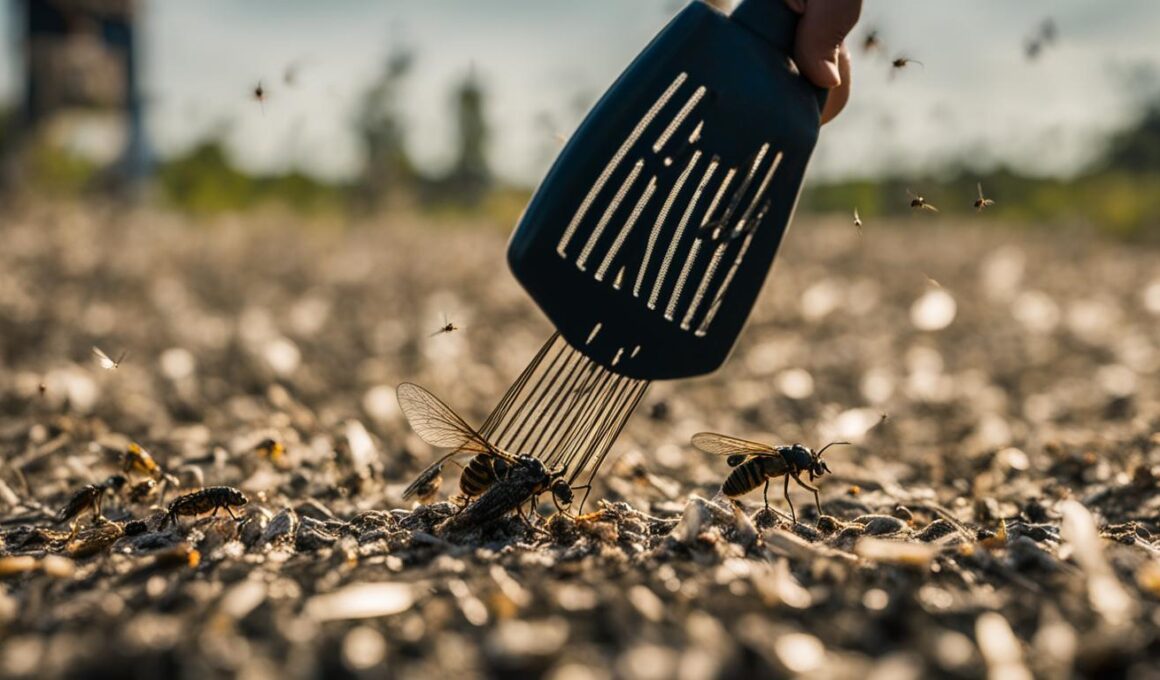
General Care & Propagation of Mayapple
Mayapple needs partial or full shade to thrive and prefers rich, moist soil with abundant organic matter. It can be propagated by division of the roots when dormant (in late summer or fall or very early spring) or from seed.
Seeds should be planted immediately (stored seed will require three months of cold-moist stratification) and seedlings take 4-5 years to mature. There are some uncommon variations in the species. P. peltatum forma deamii has pink, rose, or purple flowers followed by maroon or red fruits. Even more rarely plants produce a cluster of fruits (forma polycarpum).
– Susan Mahr, University of Wisconsin – Madison Last Update: Bruce Spangenberg, UW-Madison Extension, 2025
Latest from Wisconsin Yard & Garden
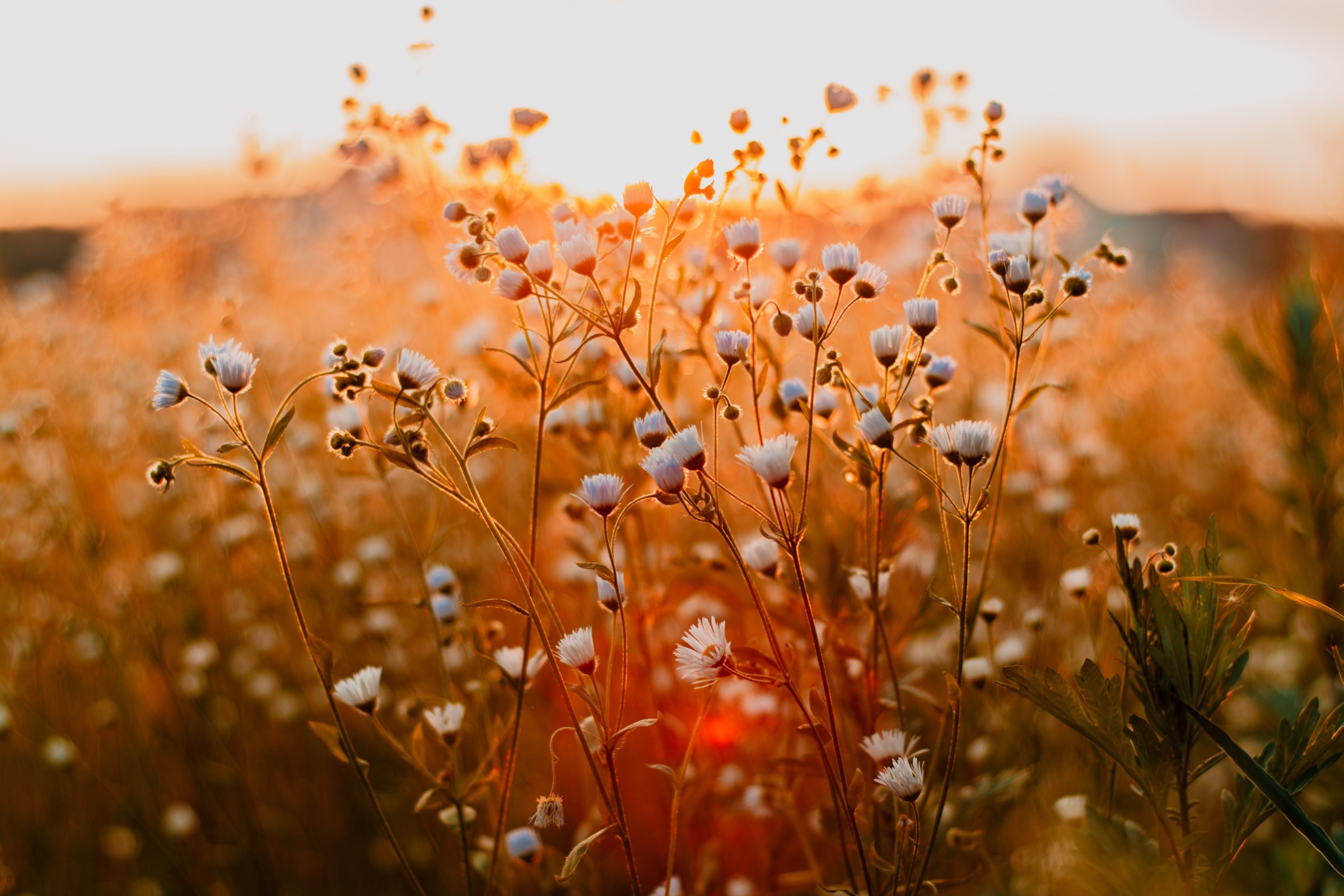
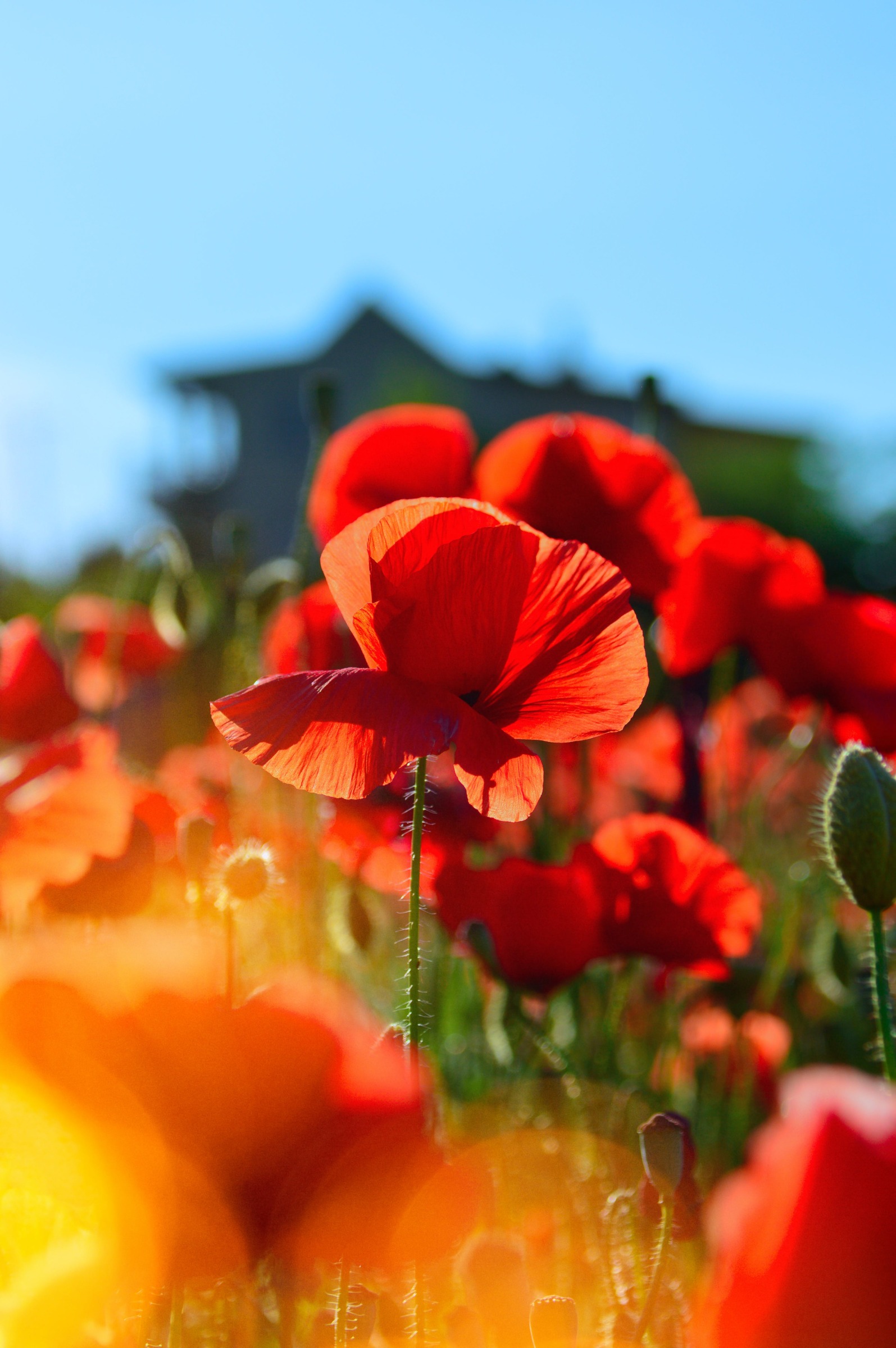
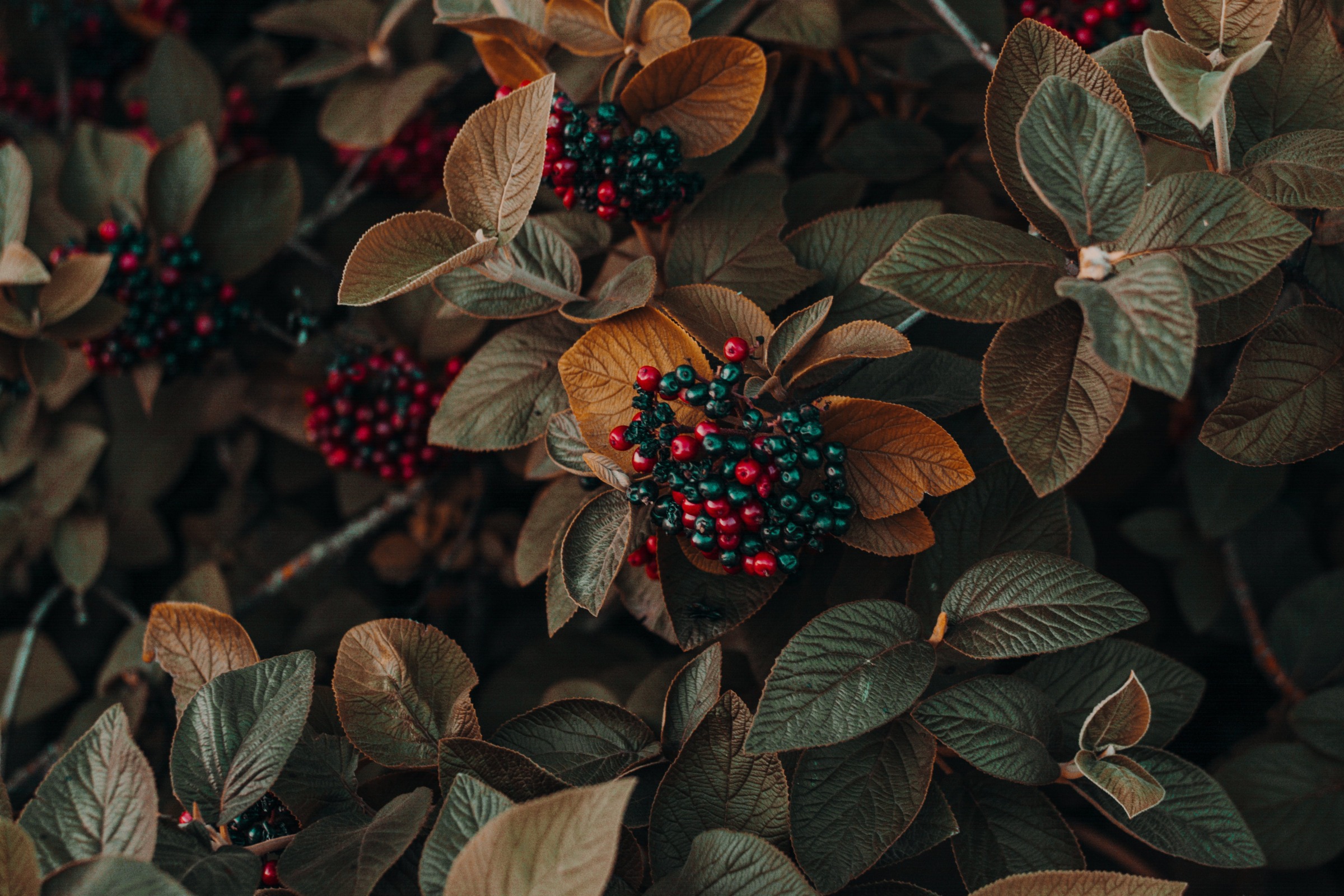
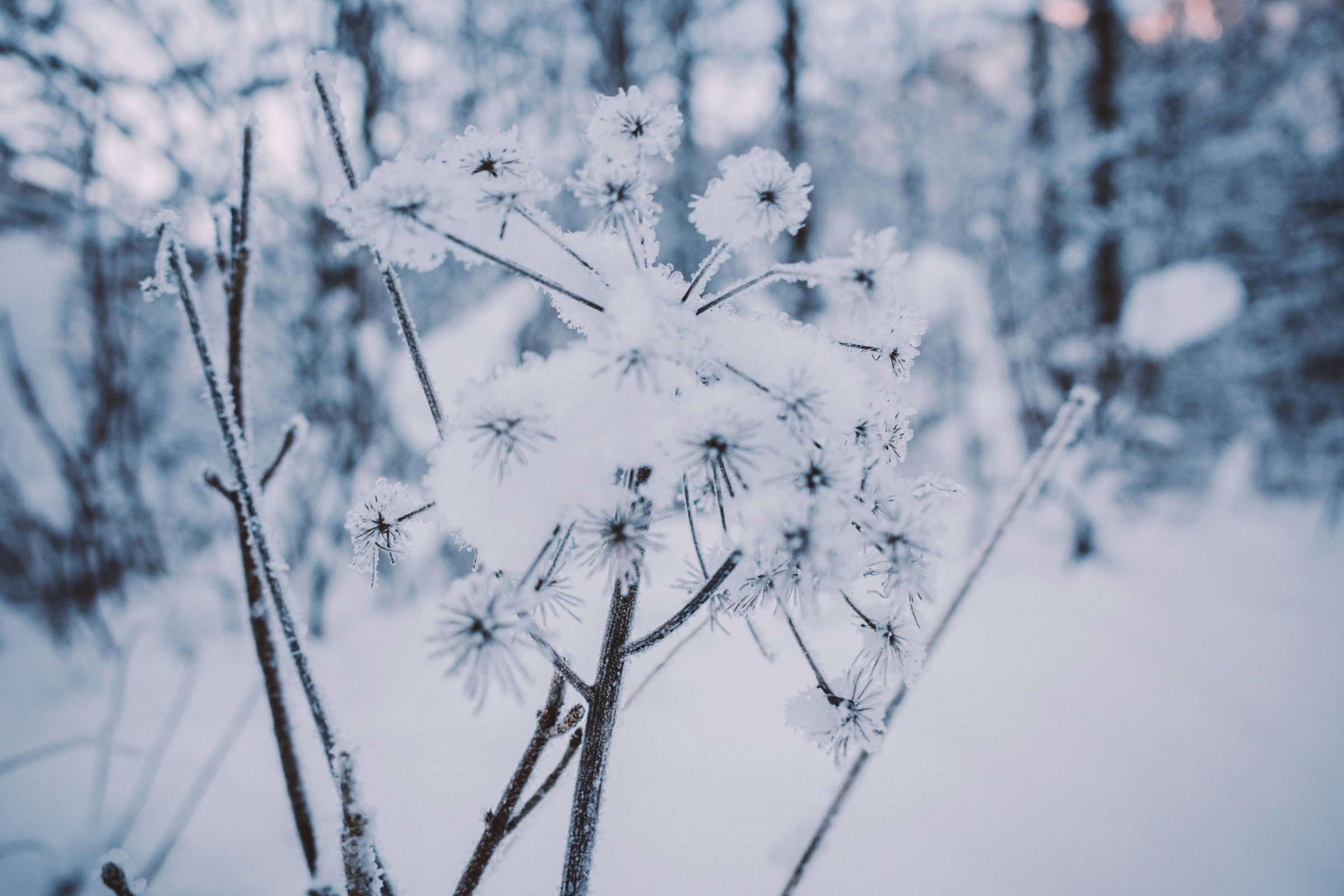
Mayapple | Fast Field Guide
FAQ
Are mayapples poisonous to touch?
All parts of this plant are highly poisonous except for its ripened fruit. The Mayapple contains the toxin known as podophyllotoxin, and it is harmful if ingested. Protective gloves should be worn while handling any part of this plant because of the potential for severe contact dermatitis.
Are mayapples invasive?
The Mayapple plant is a type of plant known as hellebore. It’s also considered invasive because it spreads quickly and threatens the ecosystem.Nov 29, 2022
How to get rid of maypops?
How deep are mayapple roots?
The root grows fairly shallow to the ground surface and is often able to be harvested quickly by hand in softer soil. Gather the larger more mature plants leaving plenty of younger plants to seed the area for future harvest.
